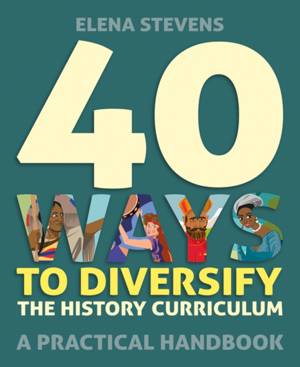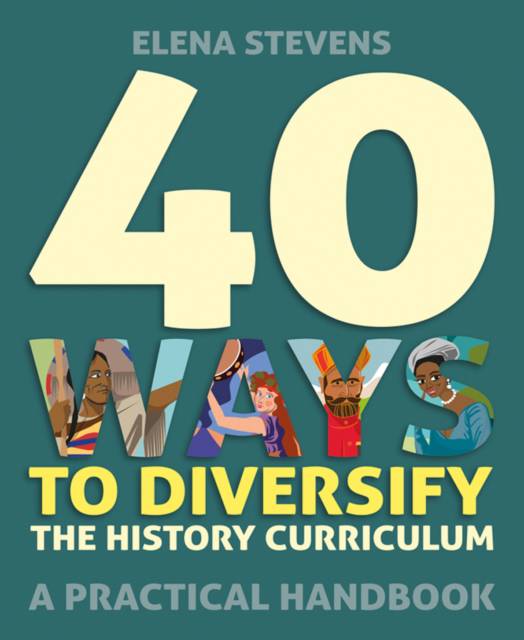
- Afhalen na 1 uur in een winkel met voorraad
- Gratis thuislevering in België vanaf € 30
- Ruim aanbod met 7 miljoen producten
- Afhalen na 1 uur in een winkel met voorraad
- Gratis thuislevering in België vanaf € 30
- Ruim aanbod met 7 miljoen producten
Zoeken
€ 22,95
+ 45 punten
Omschrijving
In writing this book, Elena Stevens' aim is to respond to calls for a more diverse, decolonised curriculum calls which have become more insistent following the reinvigoration of the Black Lives Matter movement, the #MeToo movement and other landmark events. Highlighting the lived experiences of women, the working classes, and BAME and LGBTQ+ communities in particular, 40 Ways to Diversify the History Curriculum draws upon a wide range of personal stories to exemplify significant historical moments and shed new light on topics that have traditionally been taught through narrower lenses. The book serves as a resource bank for teachers wishing to enliven and diversify history lessons at Key Stages 2 - 3, GCSE, A level and beyond.Elena helpfully opens with a discussion of the theoretical/historiographical developments that lay behind calls to diversify the curriculum and, to accompany each of the 40 historical case studies, she provides ideas and activities for translating the case studies into lesson plans and enquiries. Furthermore, Elena also guides teachers in shaping new enquiries from scratch.Suitable for teachers of secondary school and Key Stage 2 history.
Specificaties
Betrokkenen
- Auteur(s):
- Uitgeverij:
Inhoud
- Aantal bladzijden:
- 192
- Taal:
- Engels
Eigenschappen
- Productcode (EAN):
- 9781785836305
- Verschijningsdatum:
- 20/10/2022
- Uitvoering:
- Paperback
- Formaat:
- Trade paperback (VS)
- Afmetingen:
- 180 mm x 220 mm
- Gewicht:
- 430 g

Alleen bij Standaard Boekhandel
+ 45 punten op je klantenkaart van Standaard Boekhandel
Beoordelingen
We publiceren alleen reviews die voldoen aan de voorwaarden voor reviews. Bekijk onze voorwaarden voor reviews.











